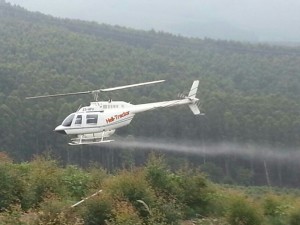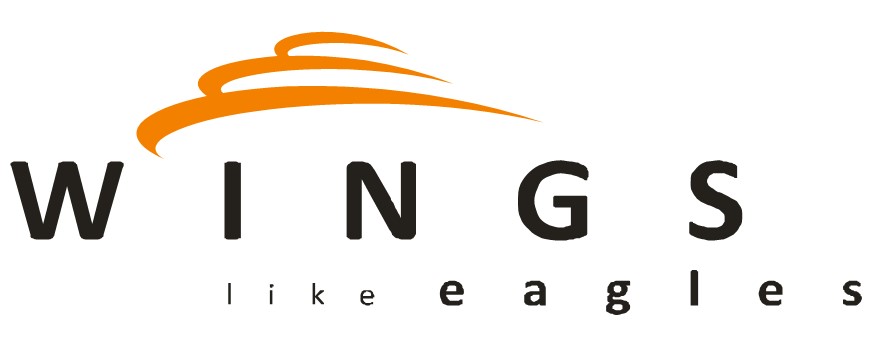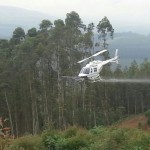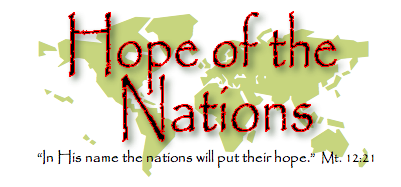
UN regional assessments indicate that the most likely disasters across Southern Africa are famines. Crop spraying helps produce more food.
What can helicopters do in famines? Crop spraying
So, using the flexibility of helicopters, we committed our Bell Jet Ranger to crop spraying for this year. This will help us increase production and reduce the cost of food there. The pilot, Eugene Kalafatis, is also one of the most experienced crop spraying helicopter pilots in Africa. He trained our pilot Andrew Shipton in using firefighting buckets to put out fires in the woodlands of Southern Africa. He is highly skilled.
Crop spraying uses the skills we want in disasters
Crop spraying changes the way the helicopter is flown.
- It needs precise navigation. That is great practice for knowing where we find people in disasters.
- It needs precise flying, so that the fertilizer is delivered to exactly the right place. That is what we want to do with aid we fly in too.
- It also means flying away from fixed bases. This means we can be freer from base support to reach the people who really need aid.
- It needs careful management of the loads. That is really good for our cargo handling with the helicopter.
- Finally, we are flying so much more than last year. That helps us find the niggly little defects and so makes the helicopter much more reliable for those who really need it.
- If you want to see how it all fits together, why not look at our 2013 disaster relief video?
Crop spraying is teaching us at HQ too
If we want to provide services to the UN and so be one of the first on call for disasters, we need to prove we can manage big contracts.
- We need to practice the whole billing process for long term support. And we need to have the reserves to support longer repayment times in big contracts.
- We also need to prove that our chosen maintenance providers can support distant operations over a long period. If we can do that we free the UN to put helicopters where they are really needed. And to keep them there for long periods.
So is crop spraying the right thing?
Its always a tough call. We want the helicopter available for disasters. This time the best advice said expect a famine. So we committed to that. With only one helicopter we can’t prepare for everything.
So we chose crop spraying. It covered the expected disaster and had 8 other benefits. We will see if we were right. We pray so.
If you want to use see more about our pilot see his website.
Our estimate in our 2014 year was that we flew 62 hours and put $14,000 into crop spraying. It resulted in the delivery of 130 tonnes of stores to increase the output of 4300 hectares of farm land. The best estimate of the effect was an increase in food of 2,600 tonnes of food. At a time of famine in Southern Africa.







0